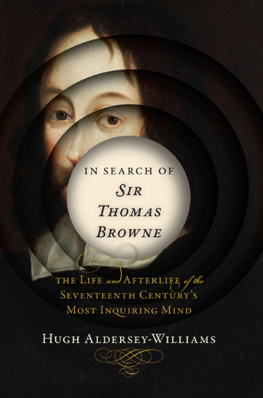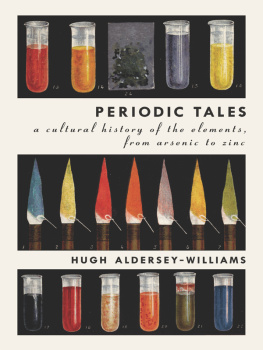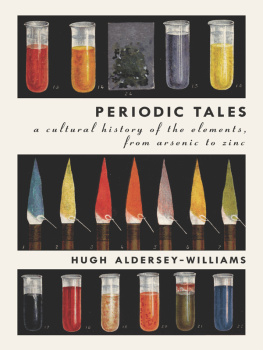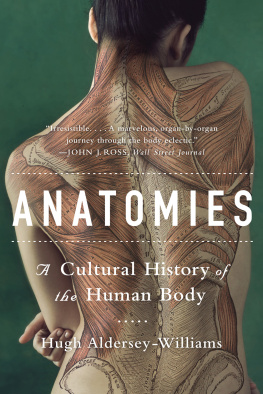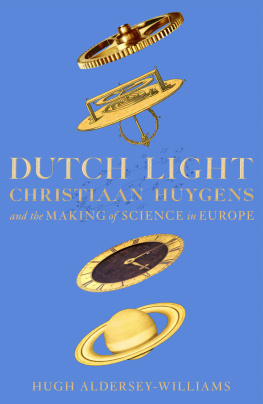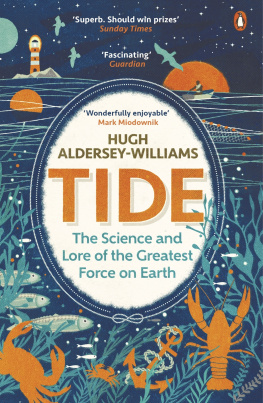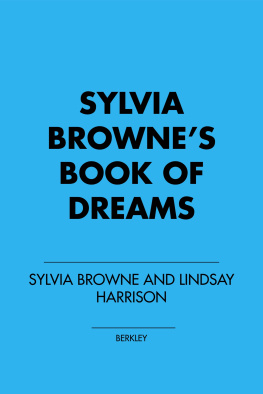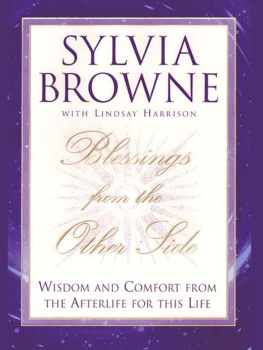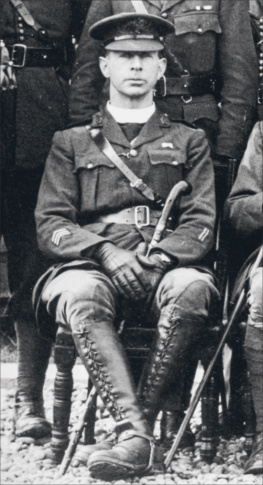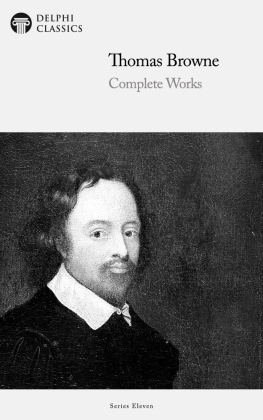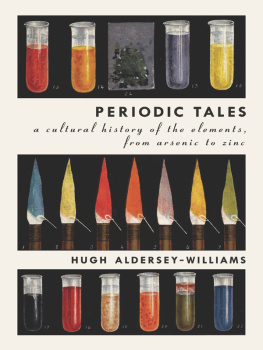
Copyright 2015 by Hugh Aldersey-Williams
Maps copyright 2015 by Emily Faccini
First American Edition 2015
Originally published in Great Britain under the title The Adventures
of Sir Thomas Browne in the 21st Century
All rights reserved
For information about permission to reproduce selections from this book,
write to Permissions, W. W. Norton & Company, Inc.,
500 Fifth Avenue, New York, NY 10110
For information about special discounts for bulk purchases, please contact W. W. Norton Special Sales at specialsales@wwnorton.com or 800-233-4830
Production manager: Devon Zahn
ISBN 978-0-393-24164-8
ISBN 978-0-393-24311-6 (e-book)
W. W. Norton & Company, Inc.
500 Fifth Avenue, New York, N.Y. 10110
www.wwnorton.com
W. W. Norton & Company Ltd.
Castle House, 75/76 Wells Street, London W1T 3QT
It is said that the doctors where I live are in the habit of writing on certain of their patients notes the abbreviation N4N, which stands for Normal for Norfolk. I do not know if patients have a similar way of designating their doctors, but I can happily say that Dr Thomas Browne was never normal for Norfolk or anywhere else. He was, and remains, truly exceptional.
It has become apparent during the course of a project that has, one way or another, occupied me for the best part of a decade that many people quietly share my enthusiasm for this remarkable man. Others at least respected my passion for him even if they may have wondered whether I was quite normal as I asked to dig in their fields or through their archives or sought to establish the factual basis of some obscure piece of folklore.
Thanks go to the staff of the various Norwich museums and Norfolk county offices I visited, including Clare Agate, John Alban, Neil Alton, Catherine Blanshard, Giorgia Bottinelli, Jonathan Draper, Rosy Gray, David Gurney, Heather Hamilton, Belinda Kilduff, Susan Maddock, Hannah Maddox, Ian Palfrey, Tim Pestell, Helen Renton and John Renton.
Many other local friends and colleagues offered support and assistance, including David and Beverly Aspinall, Gary Bean, James and Evelyn Buchan, Marion Catlin, Enrico Coen, Matt Cooper, Charlotte Crawley, John Crane, Stephanie Douet, Kevin Faulkner, Krzysztof Fijalkowski, Chris Gribble, Christine Hood, Amanda Hopkinson, Claire and Sebastian Kokelaar, Henry Layte, Karen Lee, Vicky Manthorpe, Brett Mills, Gill Perficke, Keiron Pim, Alison Pressley, Elizabeth Purdy, Dominique Rey, Keith Roberts, Anthony Batty Shaw, Anthony and Ann Thwaite, Sarah Wilmot, Sheridan Winn.
Further inspiration and answers came from Vladeta Ajdacic-Gross, Ken Arnold, Sarah Bakewell, Margaret Jull Costa, Amelia Crouch, Brian Dillon, Thomas Dixon, Elaine Howard Ecklund, Jules Evans, Gary Foxcroft, Ruth Garde, Michael John Gorman, John Haigh, Will Hammond, Dale Harrow, Emma Hawe, Felicity Henderson, Mark Henderson, Denny Hilton, Philip Hoare, Geoff Hollington, Amanda Ingram, Kevin Killeen, Michael Landy, Stephanie Lichtenfeld, Alison Macfarlane, Robert Macfarlane, Javier Maras, Sheila Marshall, Kris de Meyer, Penny Parks, Graeme Peart, Claire Preston, Elli Resvanis, Stephen Senn, David Spiegelhalter, Anna Waldstein and Marina Warner.
It is regrettably true that Thomas Browne these days has what could politely be described as a select following even among those whose business is words. So I consider myself extremely lucky to have found the ideal publisher for this eccentric project in Granta Books, and my greatest thanks go to Philip Gwyn Jones and my editor there, Max Porter, who walked the walk. I am grateful as well to artists James Nunn and Emily Faccini and to designer Lindsay Nash, for bringing their visual flavour of the seventeenth century, to my copy-editor Martin Bryant, to Christine Lo and Sarah Wasley, who oversaw production, and to Pru Rowlandson and Sara DArcy, who rose to the challenge of publicity for my obscure hero. Thanks to Matt Weiland at W. W. Norton for his continued support for my writing.Thanks also to my agent Antony Topping, who made it all happen.
Last, I thank Moira and Sam, who I know wont object if I now go on a bit less about Sir Thomas Browne, physician of Norwich.
Hugh Aldersey-Williams
Norfolk
June 2014
In Search
of
Sir Thomas Browne
The Life and Afterlife of the Seventeenth
Centurys Most Inquiring Mind
HUGH ALDERSEY-WILLIAMS

W. W. NORTON & COMPANY
NEW YORK LONDON

Embryon philosopher
Urne-Buriall
T HOMAS BROWNE DIED on 19 October 1682, seventy-seven years to the day from his birth in 1605. Sr Tho: Browne is dead, & as hee lived in an eaven temper without deep concerne with how the world went, & was therein in very happy so hee dyed like a wise old philosopher, wrote Thomas Townshend to Horatio, Lord Townshend, of Raynham Hall with the news.
The curious fact of dying on the anniversary of ones birth was something that Browne had characteristically taken the time to investigate. At some time during the 1650s, it seems, he wrote an essay that has become known as A Letter to a Friend. Addressed to an unknown recipient, it is headed in full to a friend, upon occasion of the death of his intimate friend. In it Browne strives to offer some comfort to his bereaved correspondent. But it is a raw kind of comfort he brings, for along with the conventional platitudes he does not shun the facts of death. His obsequies rise up in poetic flights while his medical realism continually brings us back down to the morticians slab, occasionally in the same sentence.
He recollects a few of the unpleasant deaths to which he has been witness as a physician, and which he has read about in ancient accounts. The alarming variety of human ends then tempts him to a comparison with beginnings: With what strife and pains we came into the World we know not; but tis commonly no easie matter to get out of it. Noting that the lost friend died when the Moon was in motion from the Meridian that is to say rising in the sky, a time when disproportionate numbers of people once were thought to die he moves from speculations about the favoured hour for the births and deaths of animals and men, and the high prevalence of infants dying on their natal day, to more noteworthy coincidences. The Holy Roman Emperor Charles V was supposedly crowned on his birthday, for example.
But the greatest synchrony that can shape a human life on earth is surely that the lifespan should mesh perfectly with the planets orbit around the sun. As Browne puts it: But in Persons who out-live many Years, and when there are no less than three hundred and sixty-five days to determine their Lives in every Year; that the first day should make the last, that the Tail of the Snake should return into its Mouth precisely at that time, and they should wind up on the day of their Nativity, is indeed a remarkable Coincidence.
Is it, though? Browne clearly savours the idea of a persons dying on their birthday for its own sake. He is alive to the symmetry it seems to bring to a life. If our little life / Is rounded with a sleep, as Prospero says in The Tempest, what more perfect circularity could there be than this? Surely, none. But is it actually a remarkable coincidence that it should happen?
We would naturally expect that 1 in 365 of us (or 4 in 1461, to allow for leap years) dies on this special day, or for that matter on Christmas Day or any given day of the year. Browne does not suggest that dying on this day is significant or die on this day than simple arithmetic would lead us to expect, nor that fewer do so. Yet the coincidence would only be truly remarkable if a
Next page
